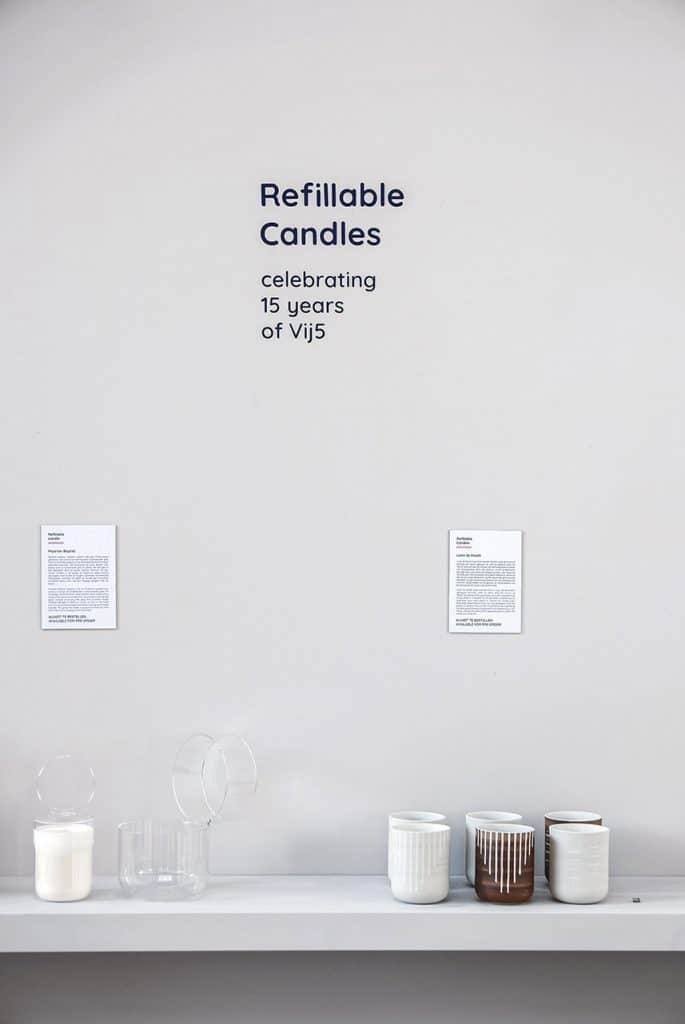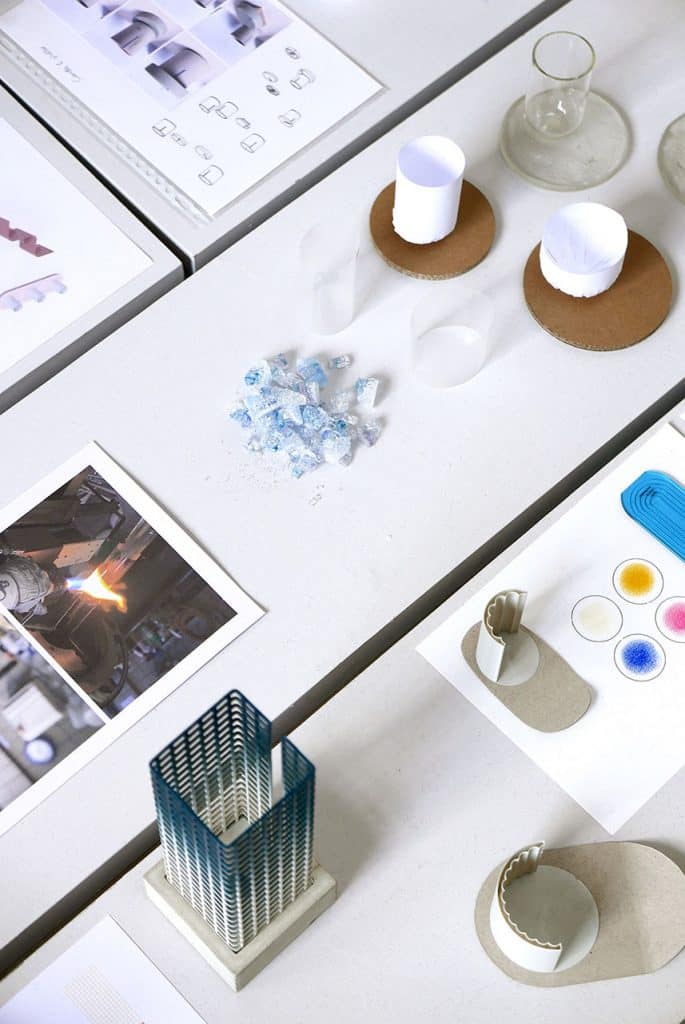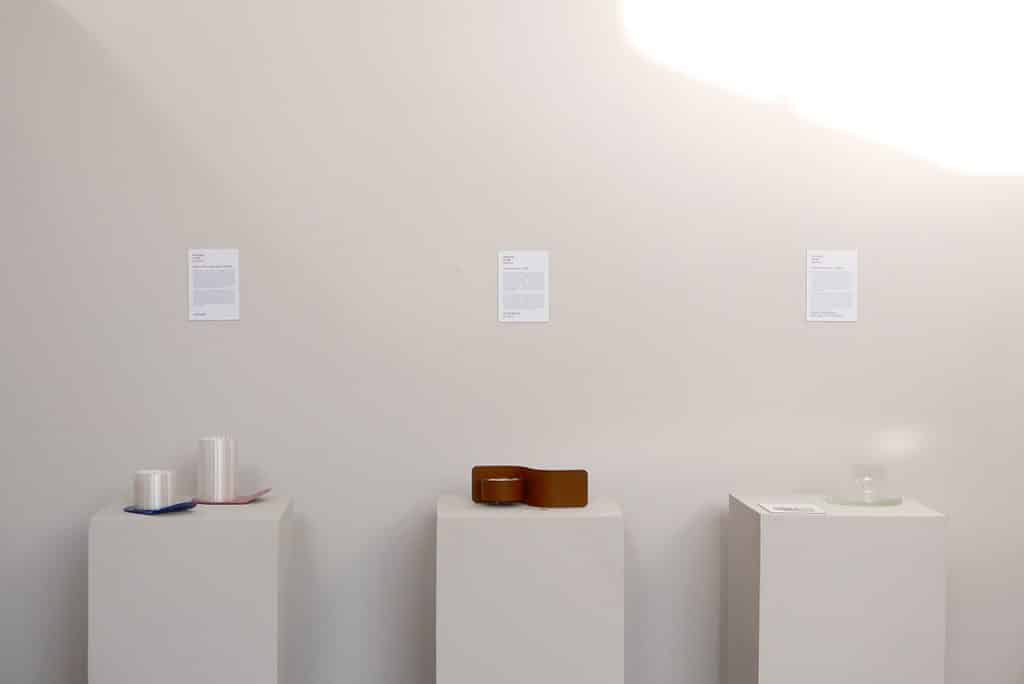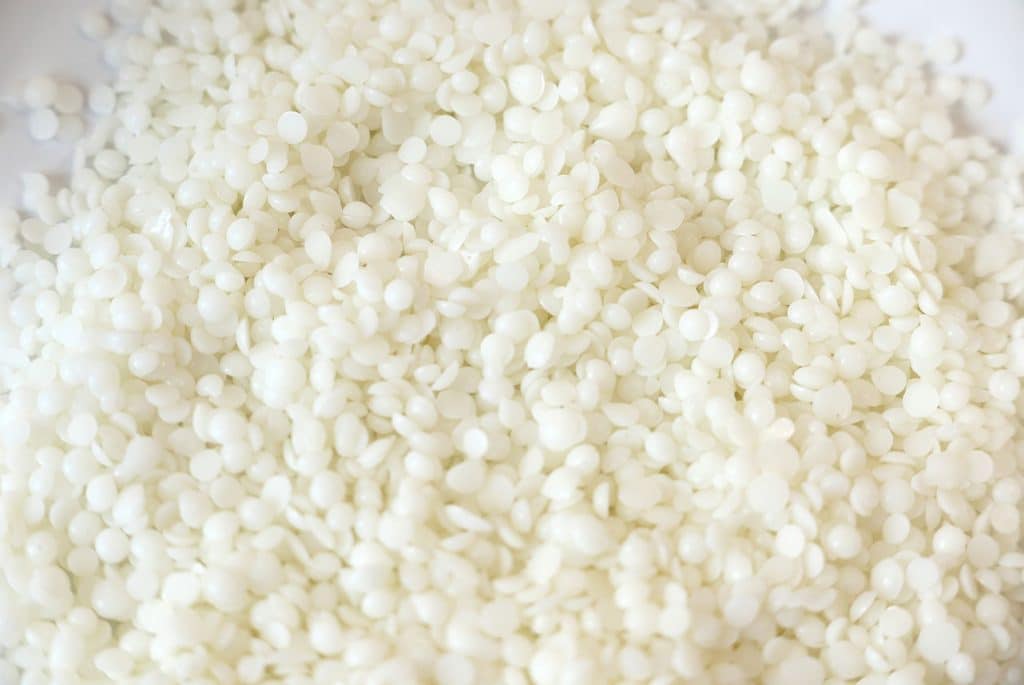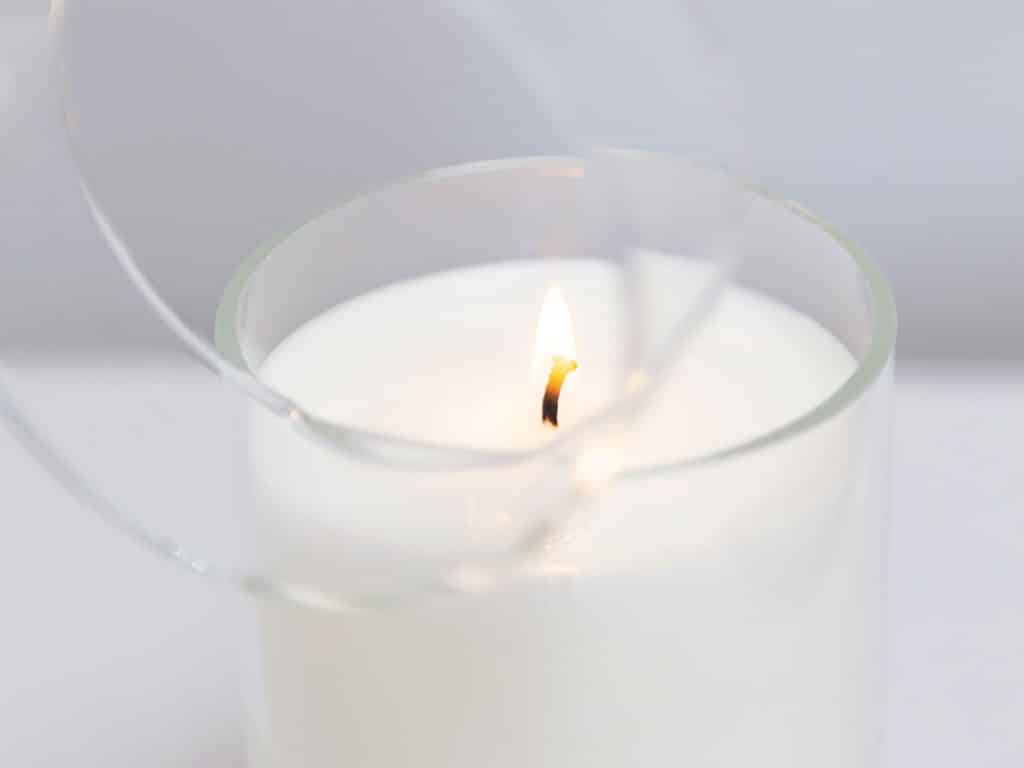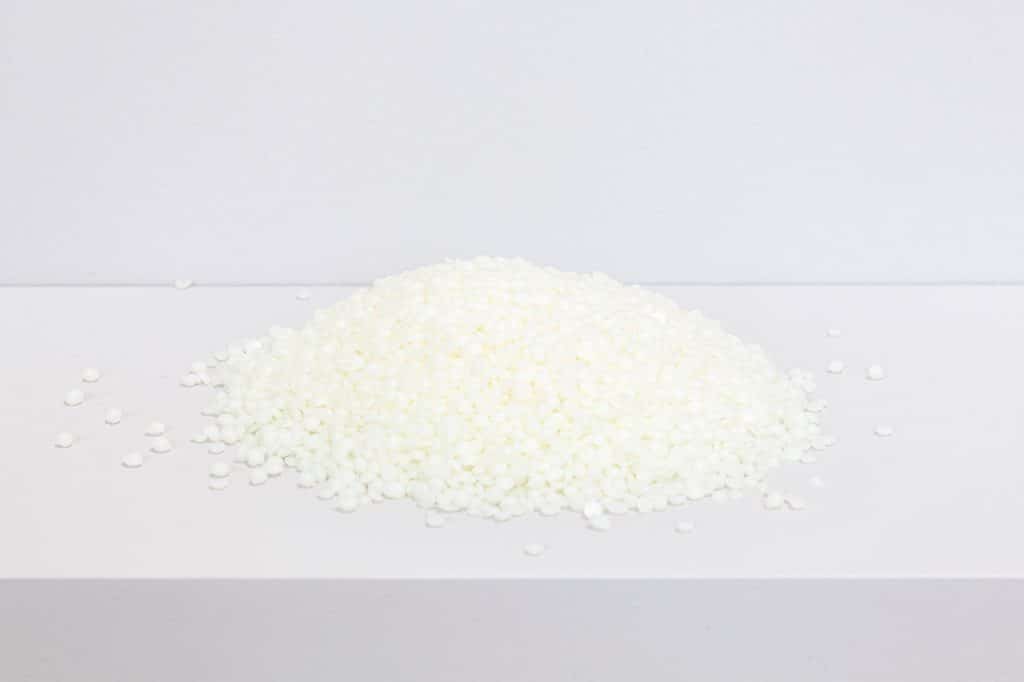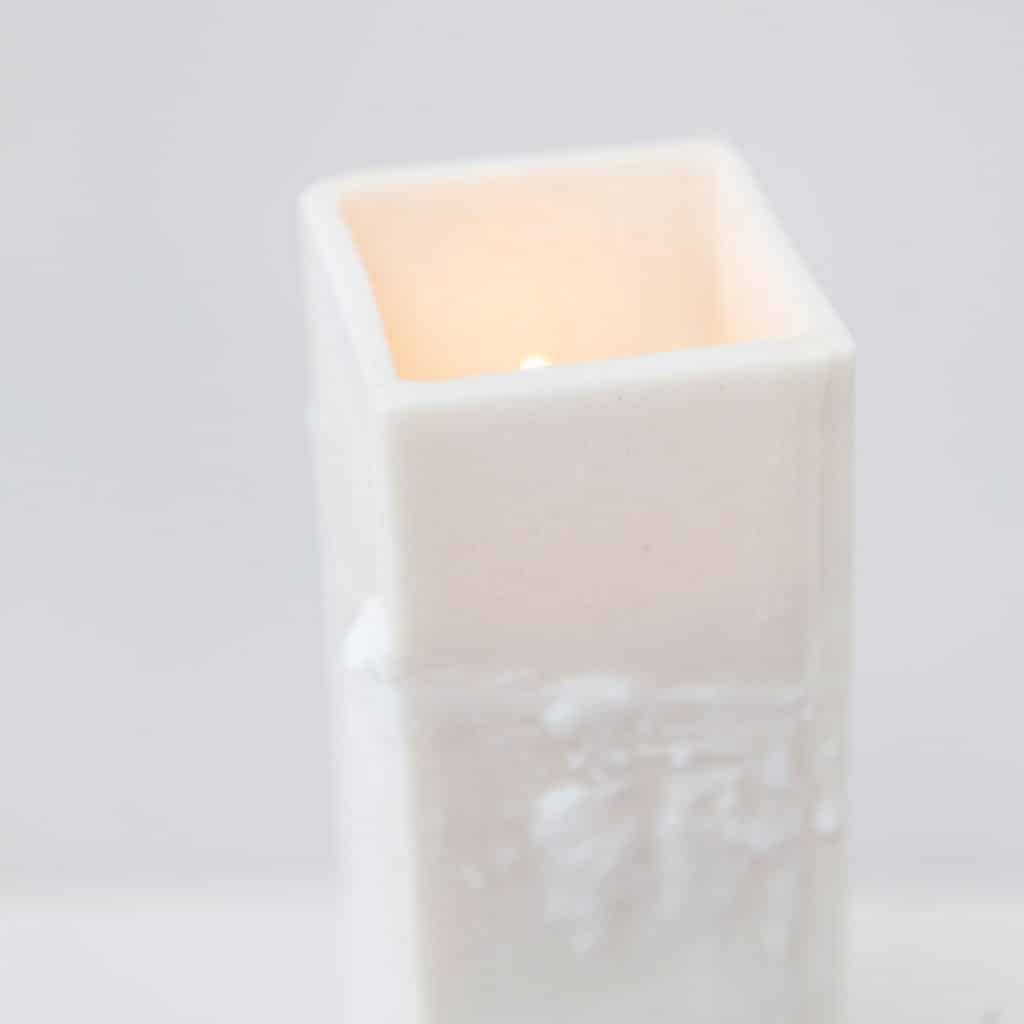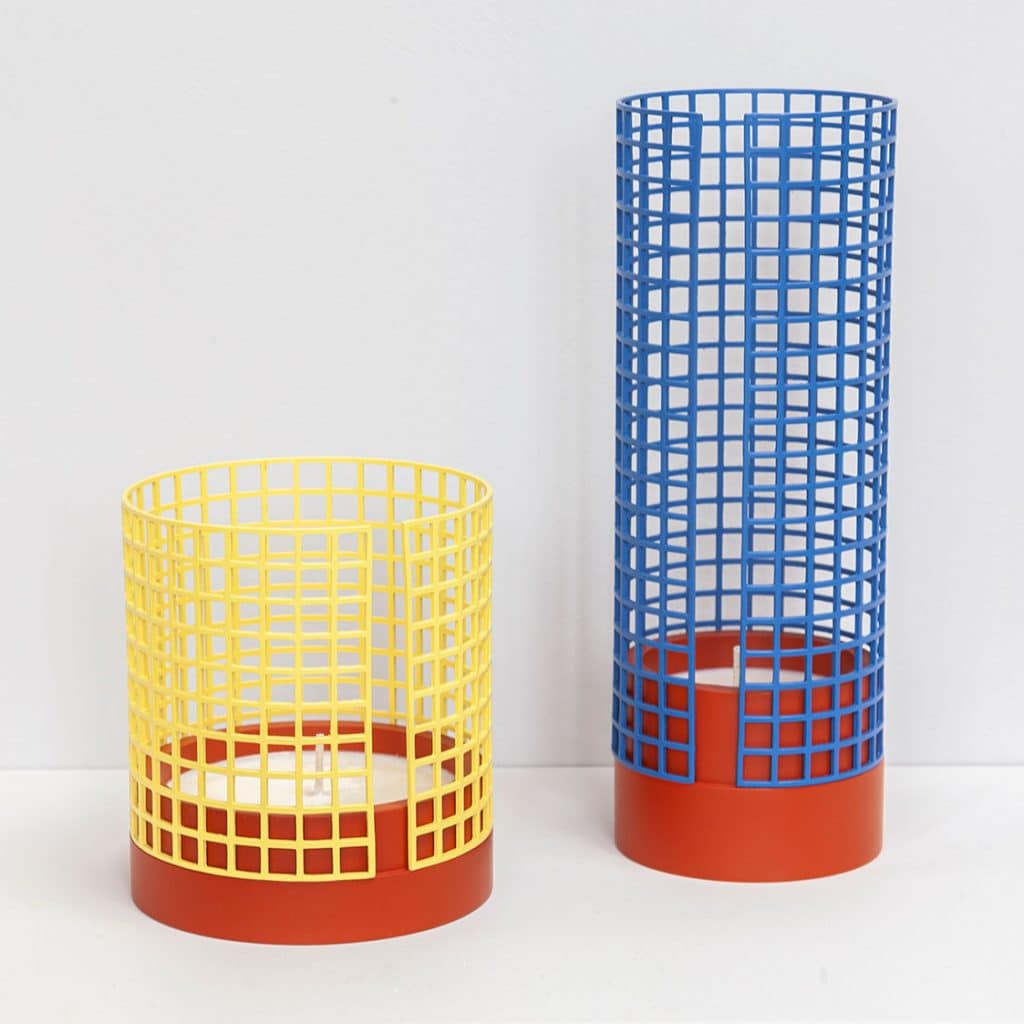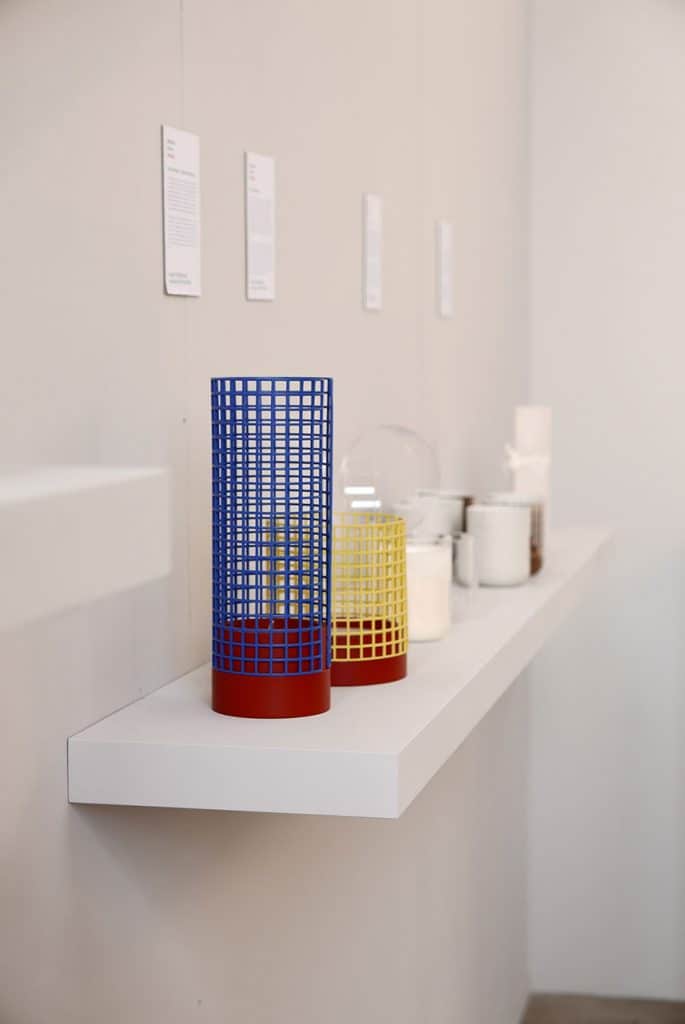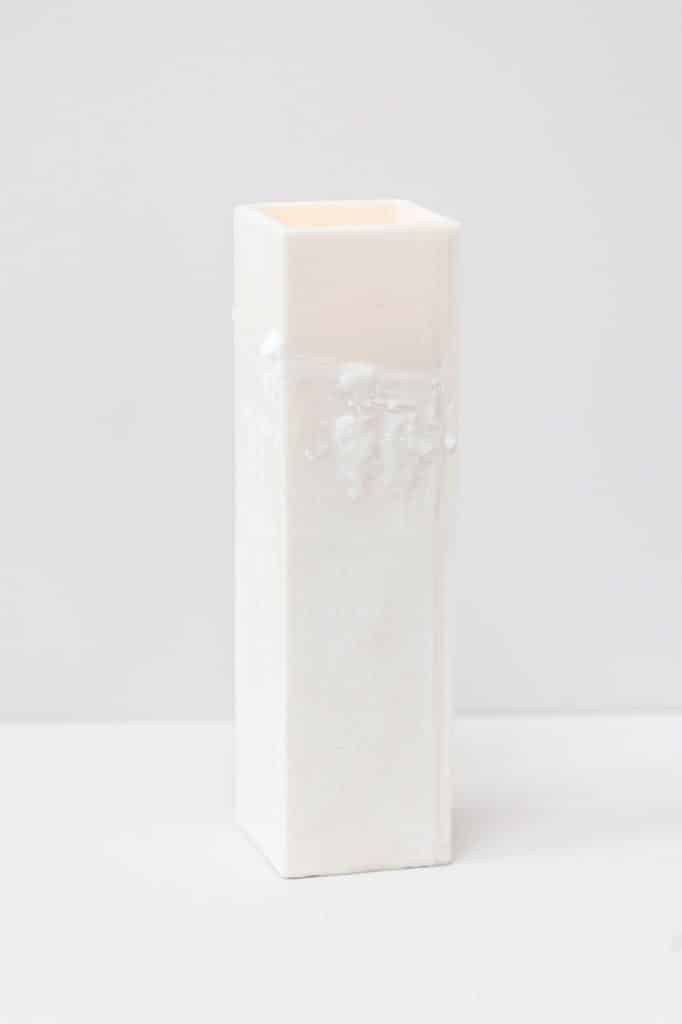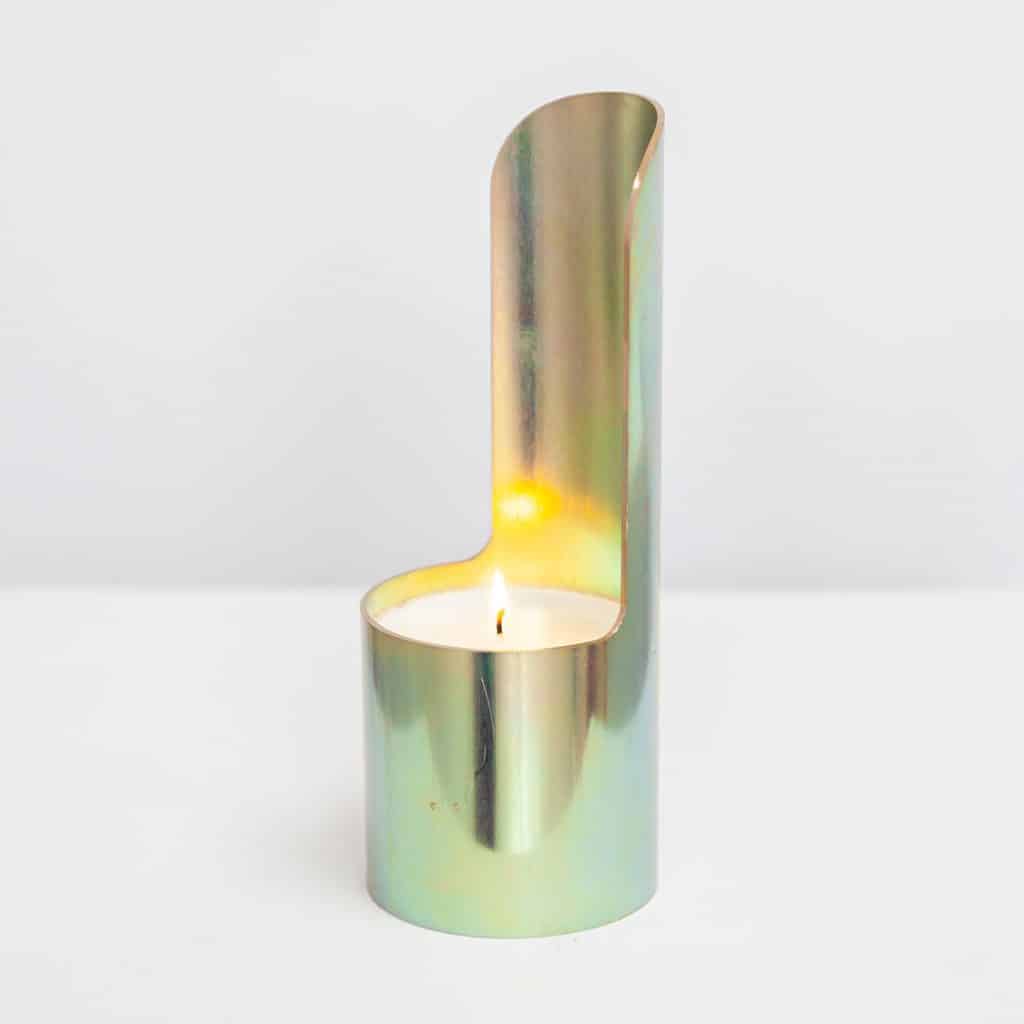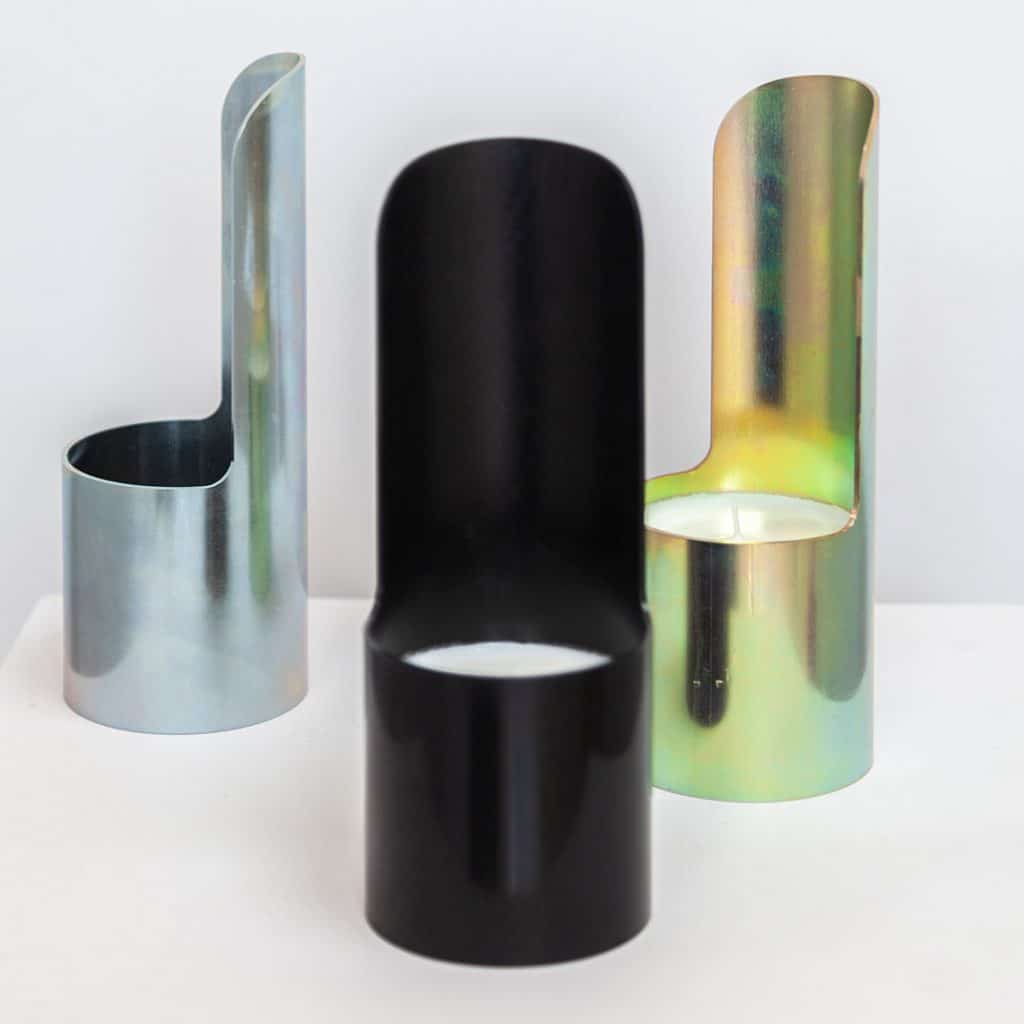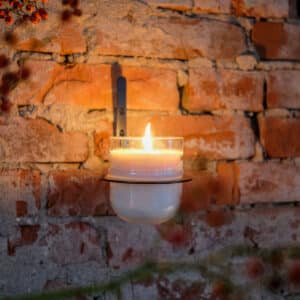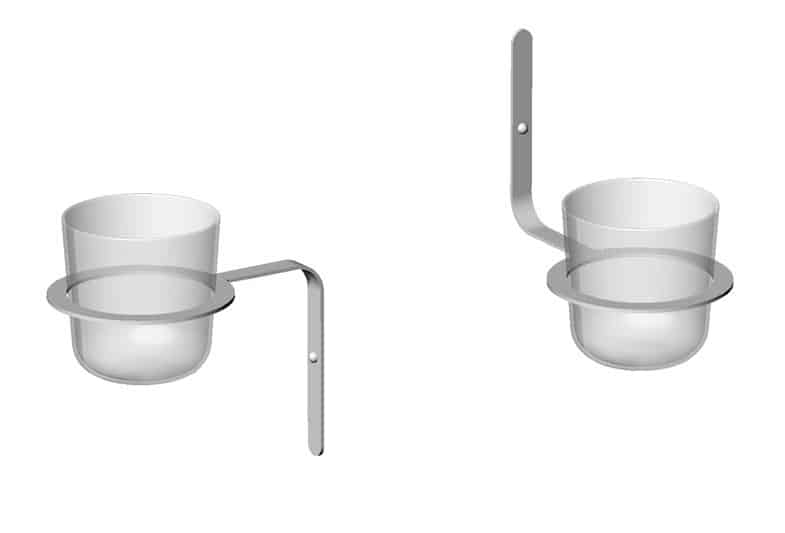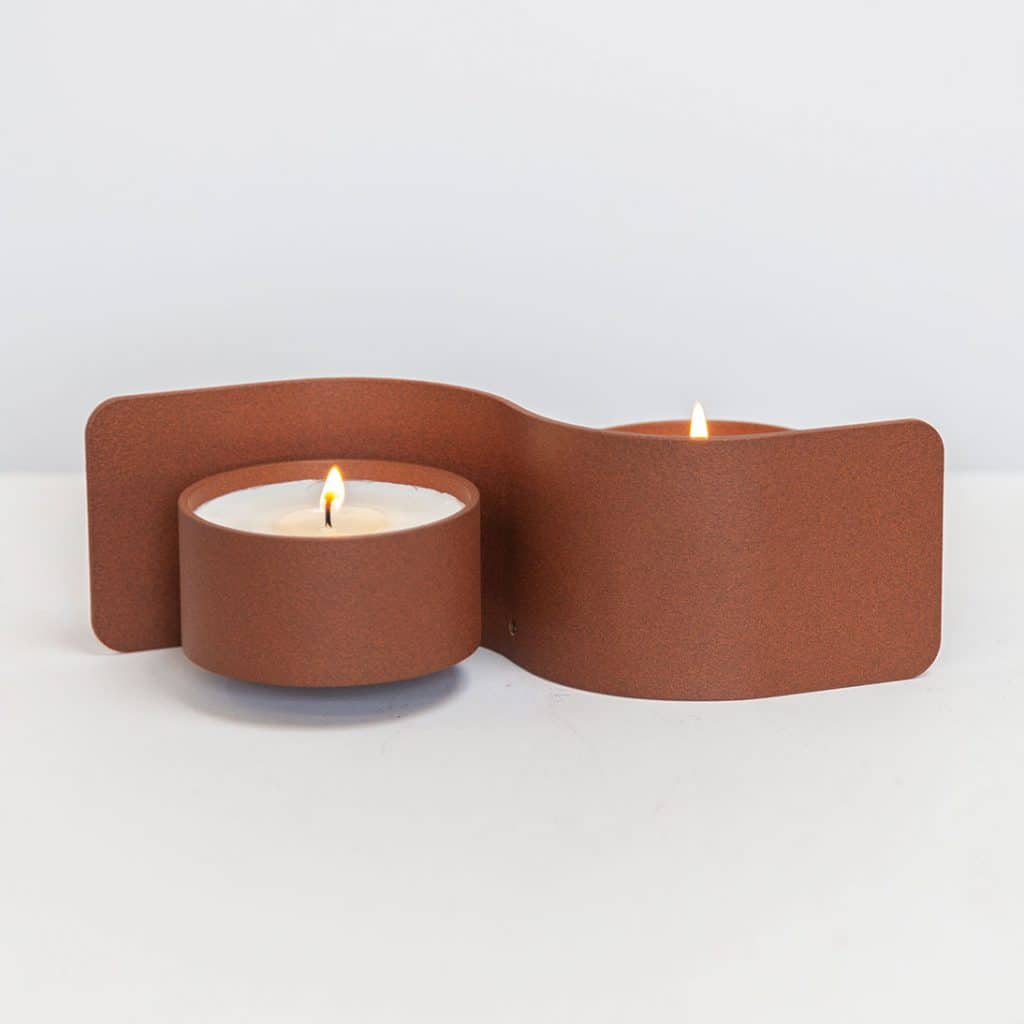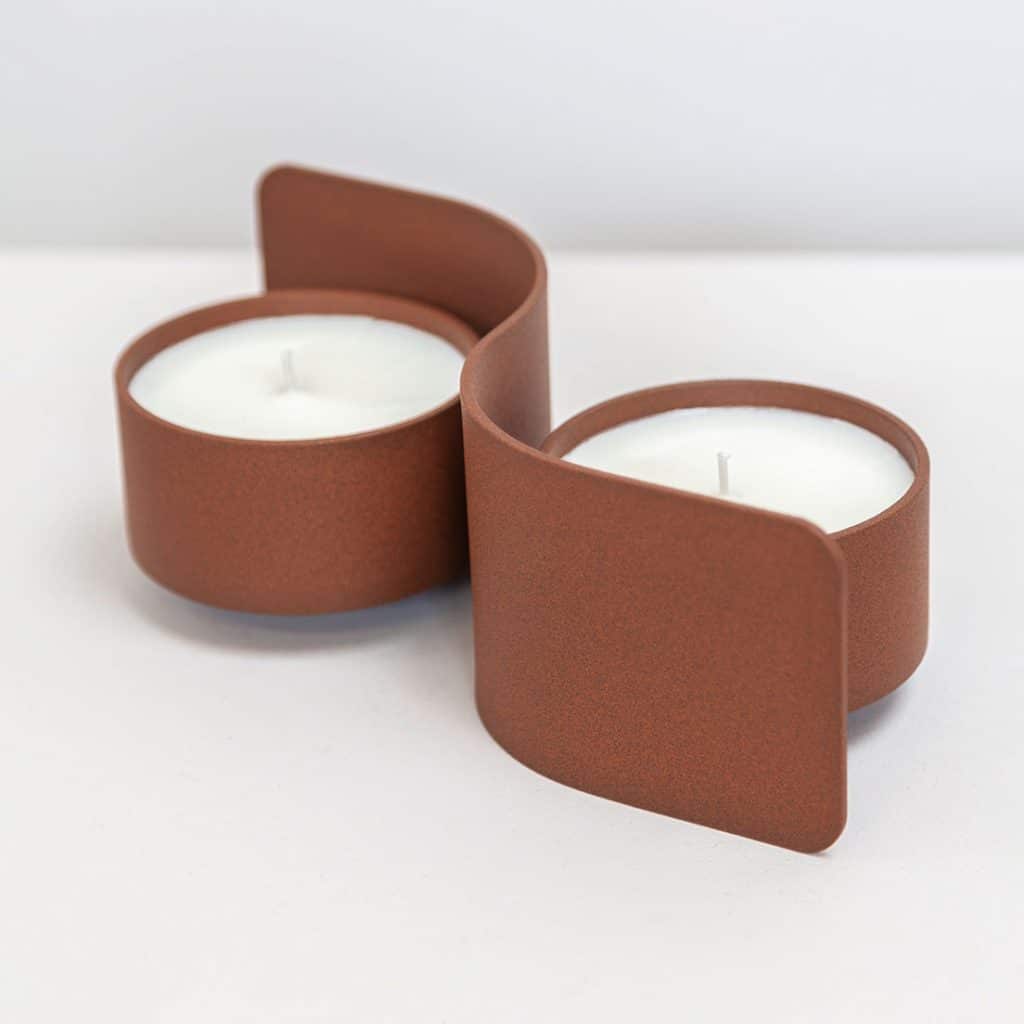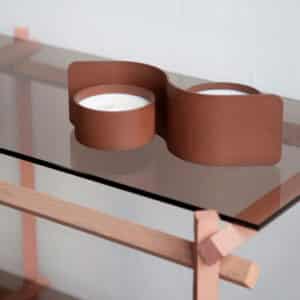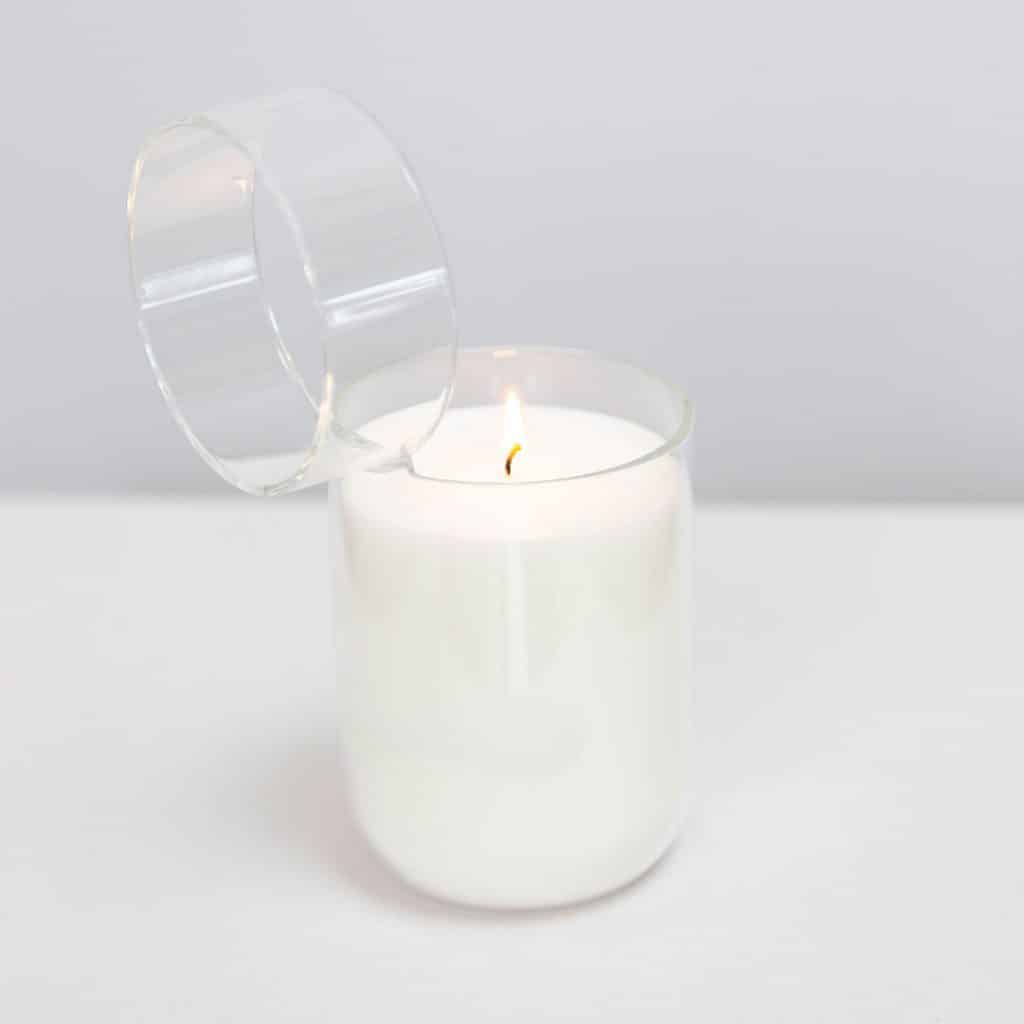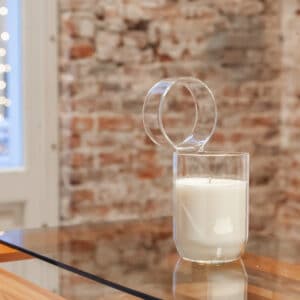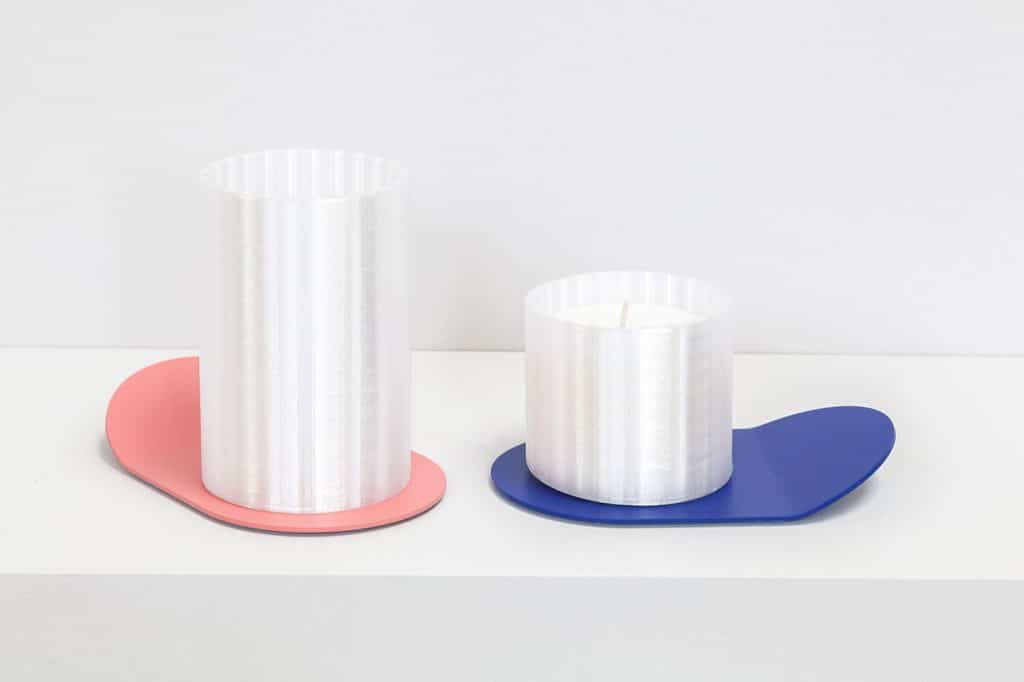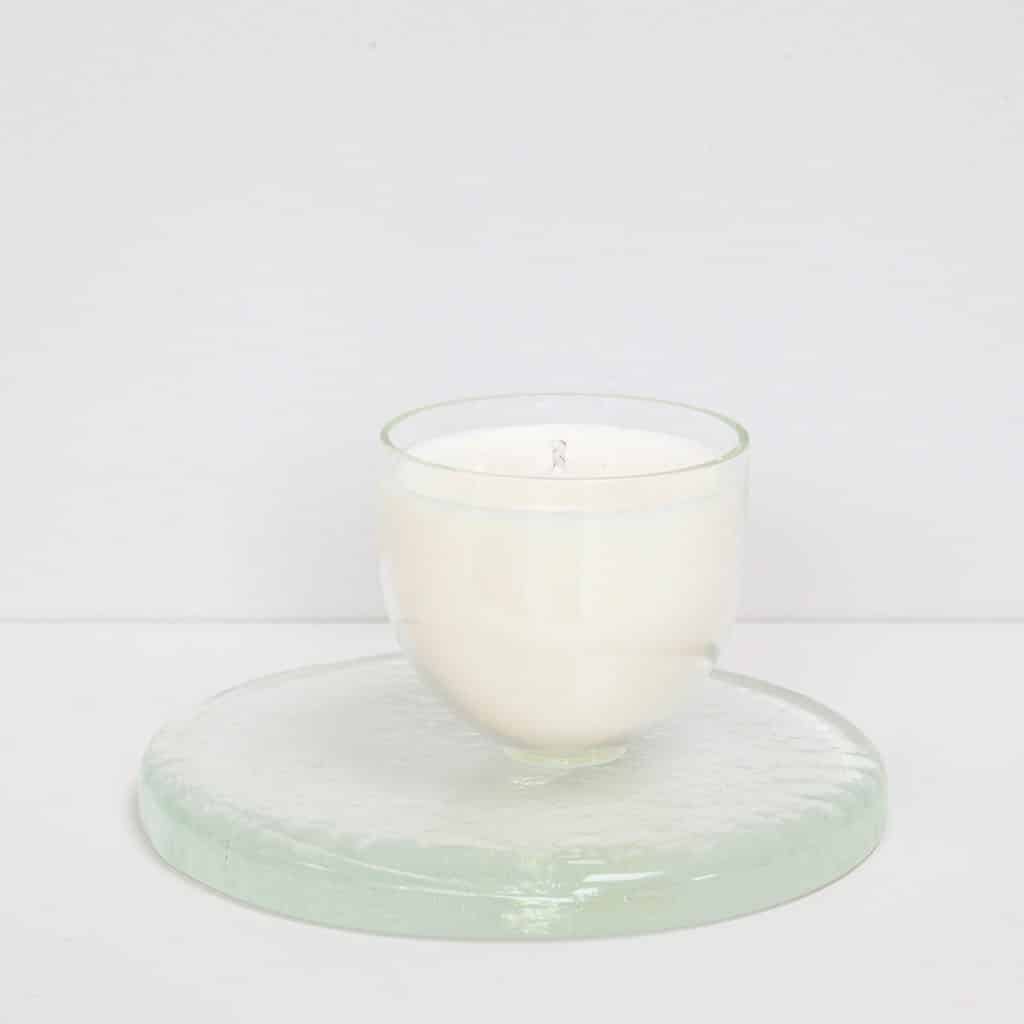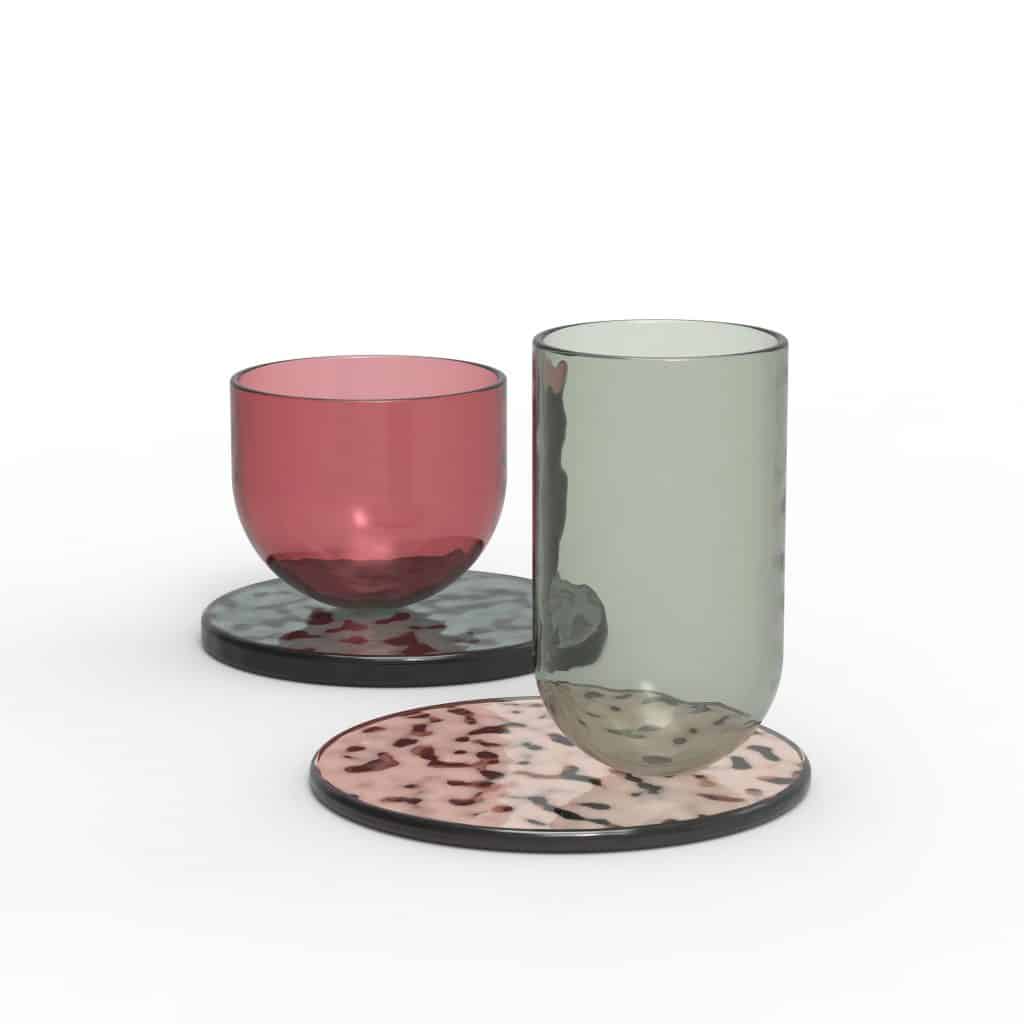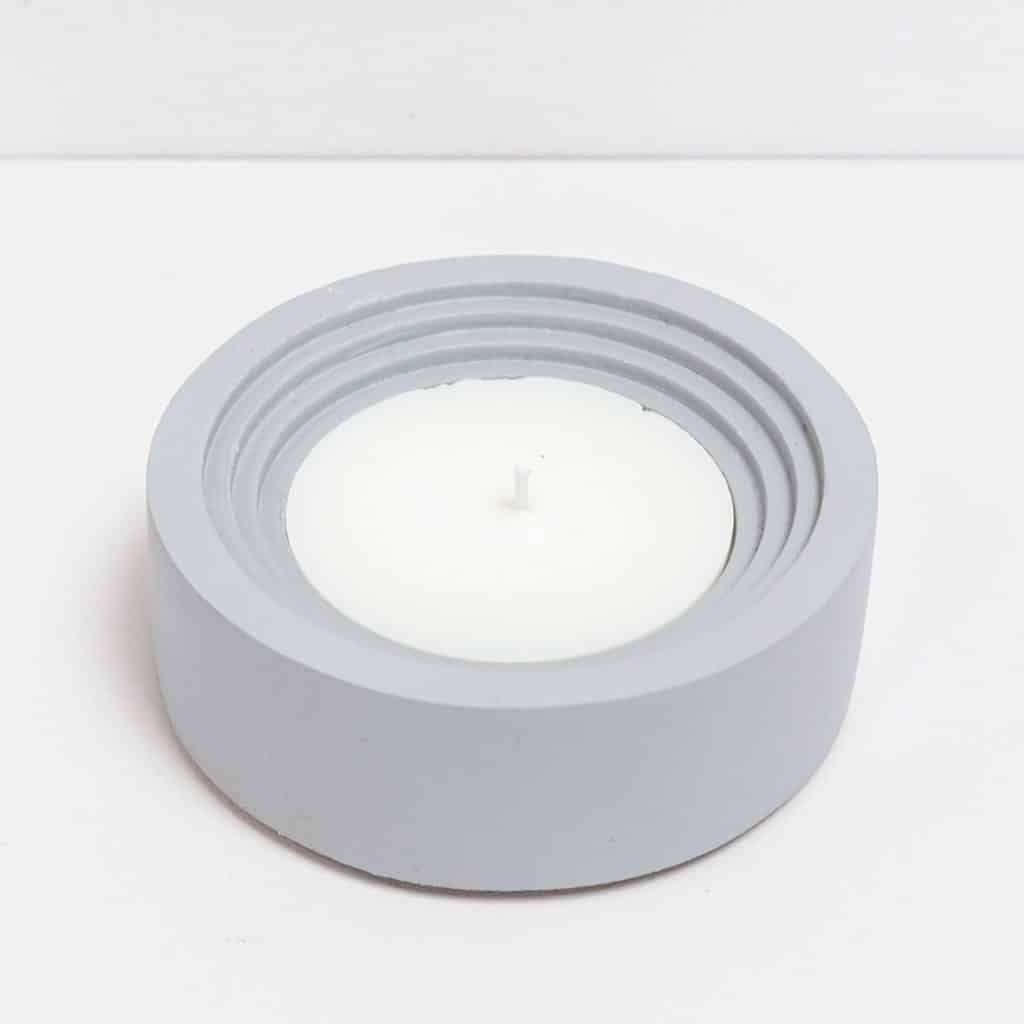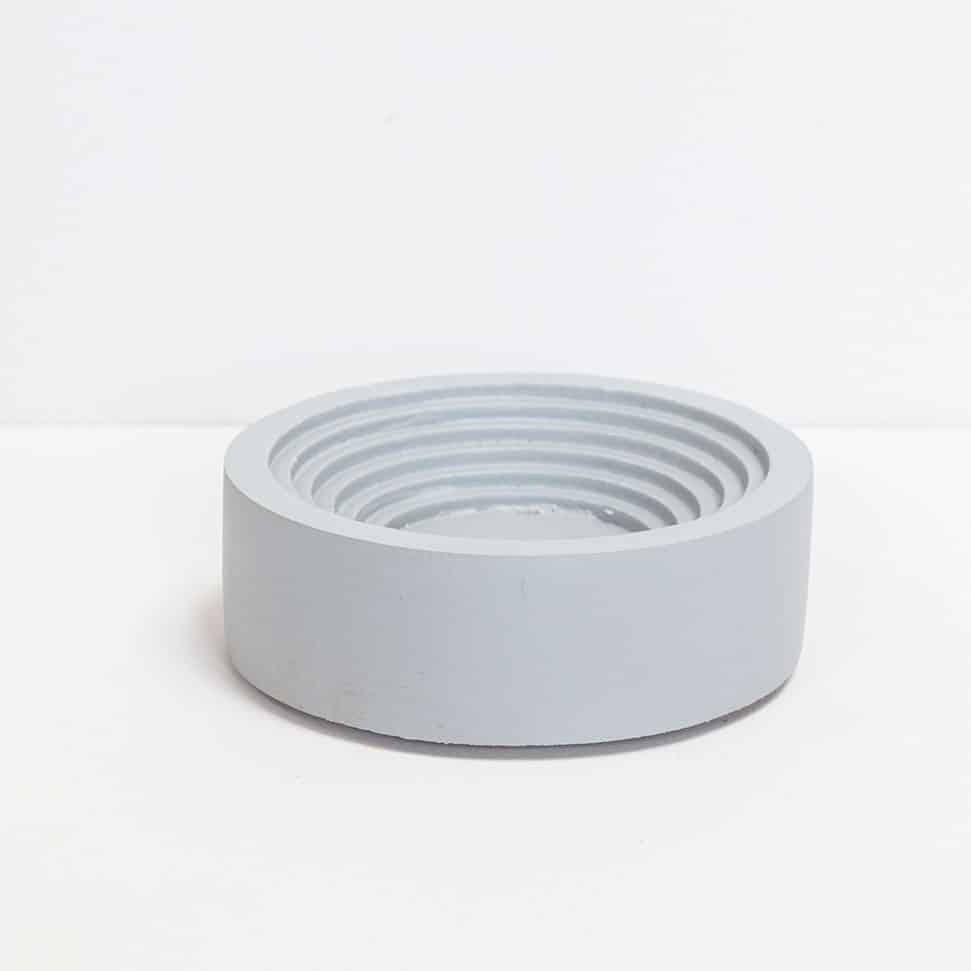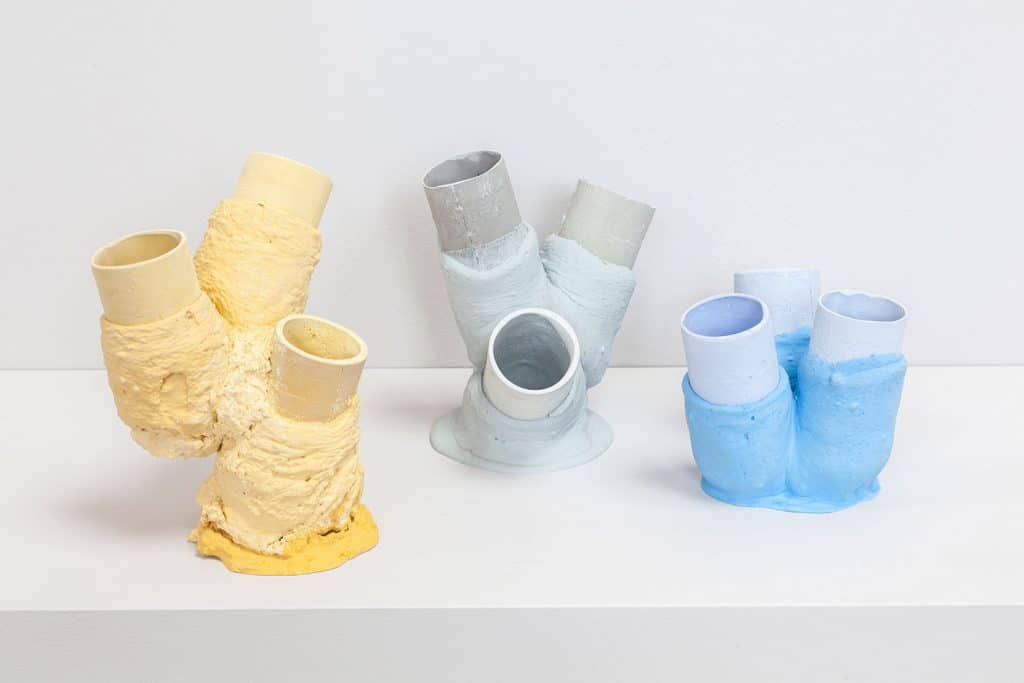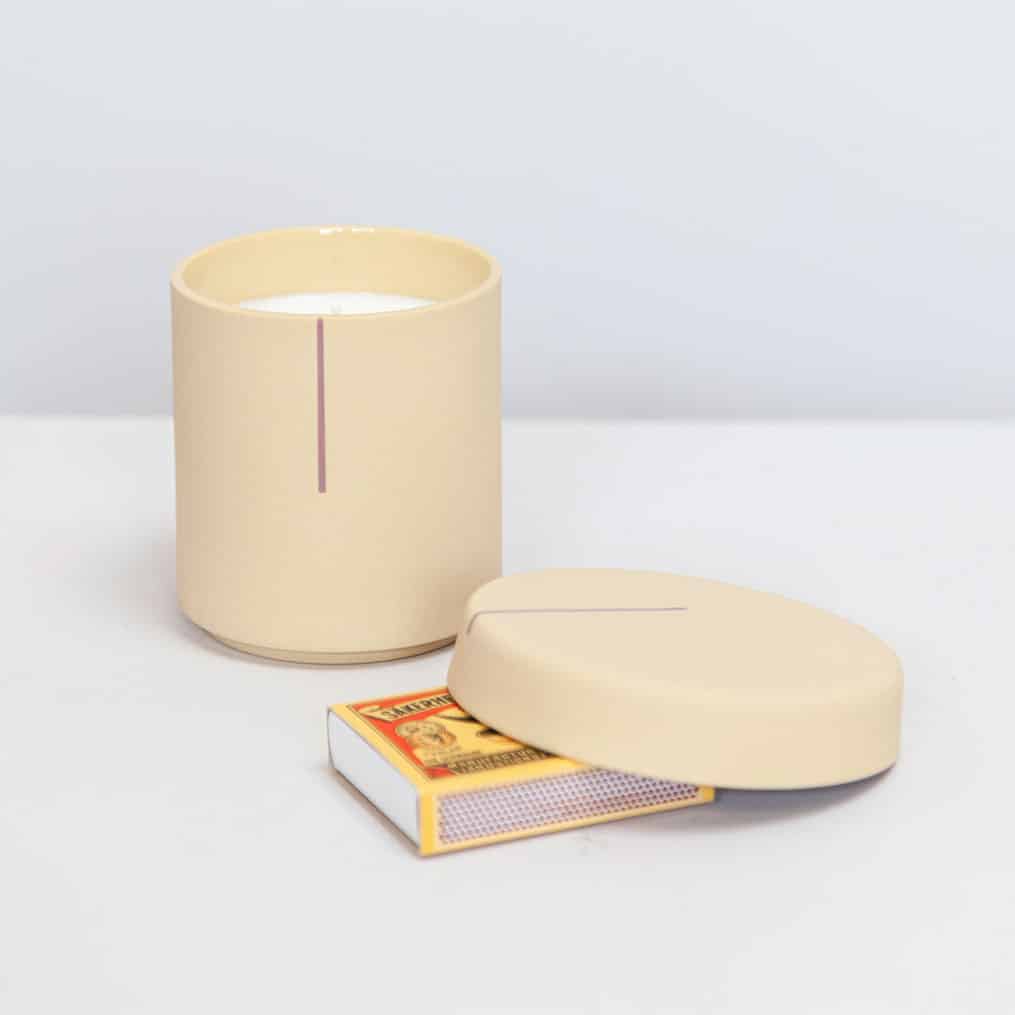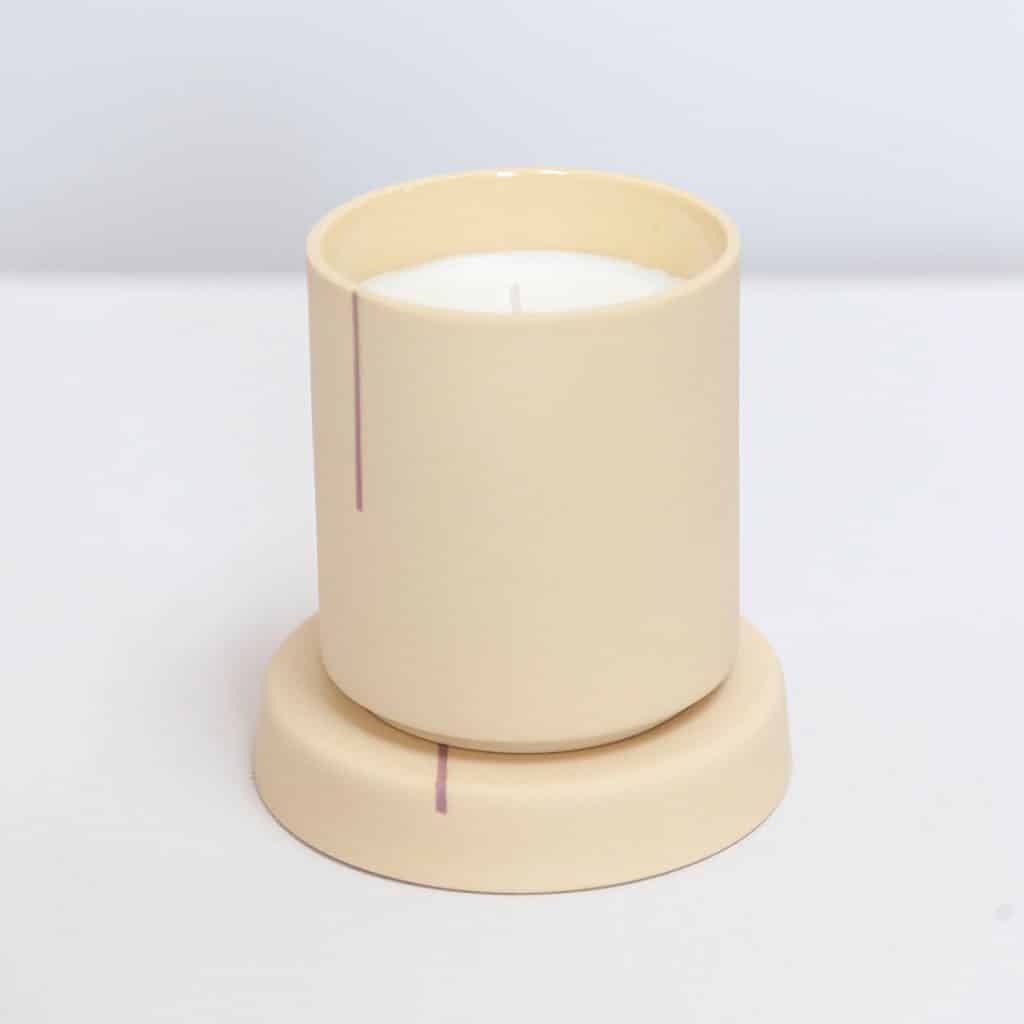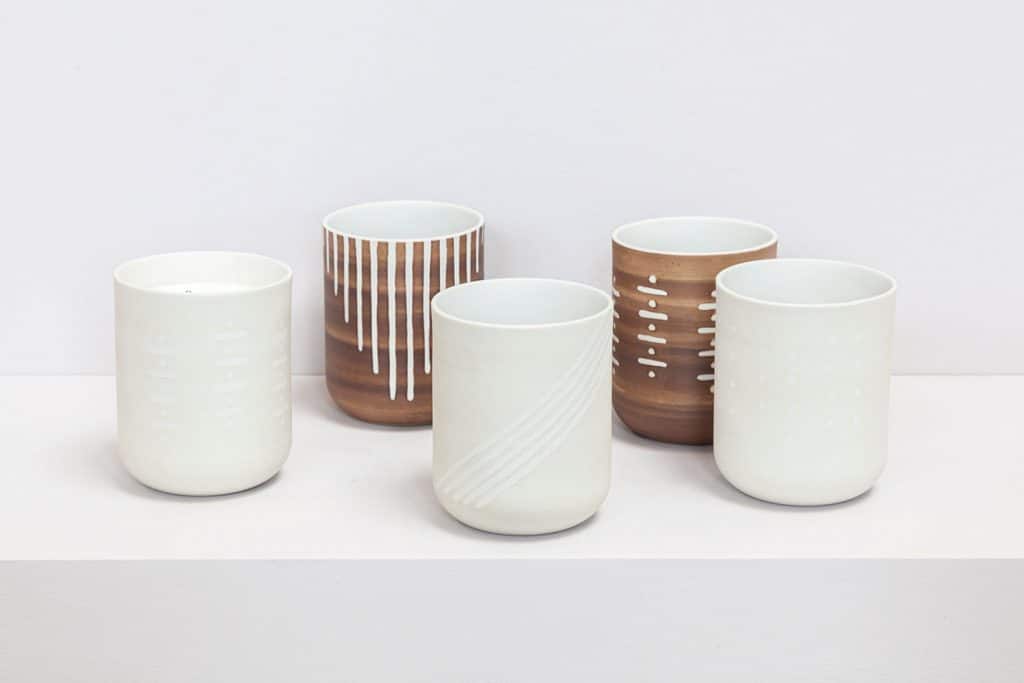Refillable
Candles
Celebrating
15 years
of Vij5
Because Vij5 exists 15 years in 2021, we invited all Designers we work with under the Vij5 collection to design a 'refillable Candle' prior to the DDW. An overview of their unique Designs could be seen in the Vij5 showroom during DDW 2021.
The Designers were given carte blanche, which meant that their different signatures came out well in the final product. As a result, the exhibition showed a wide range of personal interpretations and at the same time formed an interesting unit, just like the Vij5 collection.
Refillable Candle
A 'refillable candle' is a shape/container that can be easily (re)filled with liquid candle wax to form a candle. The intention is that after the candle has burned up, the user can buy a refill set via our webshop and refill the container himself.
Rapeseed wax
For this project, we are working with rapeseed wax: a local, safe and easy-to-process product as a sustainable alternative to paraffin candles. Another advantage of rapeseed wax is that it has a relatively low melting point, which makes the container easy to clean with hot water and soap or in the dishwasher (if the material of the container allows it).
Below is an overview of the various Designs that were on display in the Vij5 showroom during the DDW. This ranged from prototypes to small series, depending on the options we had available to us prior to the DDW. From the DDW we try to Create a small production series of most Designs, so that the candles can be purchased in our webshop. A selection of all entries may become a permanent part of the Vij5 collection.
David Derksen – Table Architecture
David Derksen made his refillable candle part of his 'Table Architecture' project in which he plays with the abstraction of scale. The designs represent architectural elements for the table that together form an abstract cityscape. Of course, they are also stand-alone objects that refer to buildings. His design consists of a ceramic base and a perforated aluminium cylinder that stands loose on the base.
Atelier LVDW – Melt
Atelier LVDW researched the possibilities of translucent plaster. The density of plaster normally ensures that it cannot transmit light, but Atelier LVDW discovered that adding coconut oil changes the physical properties of the original material. The material rises slightly, creating a larger volume. The coconut oil is trapped in the plaster and provides special translucency and a pleasant smell when heated. This experiment is used in the Refillable Candle as 4 tiles which merge together and are bound by a base of plaster.
Studio PESI – GLORIA
Studio Pesi's aim was to create a refillable candle from a pure material, which needs little finishing and uses a simple production process. The shape of the candle holder immediately shows how it is made: two shapes are laser-cut opposite each other from a steel tube. This production technique makes efficient use of the material, is quick, and is suitable for both small and large production runs. The screen at the back, which gives a unique silhouette to the container, reflects the light of the flame and creates a warm atmosphere.
Antje Pesel – Refillable Candle Handle
Antje Pesel CREATEd a handle for the refillable Candle, inspired by old classic candle holders and lanterns. With this handle, the Candle can easily be mounted on the wall. With this, Antje gives the Candle a special and clearly defined place, other than its more predictable place on the table. The design of both the glass and the handle is very minimalist and arises from this function. Due to its symmetry, the handle can be used in two directions and the product can be adapted to different spaces.
-
Refillable Candle | refillable design Candle with rapeseed wax by Antje Pesel€ 69,00
4 still in stock
-
Refillable Candle | refillable design Candle with rapeseed wax by Daphna Laurens€ 149,00
1 still in stock
Daphna Laurens – 15Y5
Daphna Laurens strives to bring form and function together. They care a lot about aesthetics but also want their design objects to be useful. Their design for the Refillable Candle is a perfect example of this design methodology. Two functional features formed the basis of the design for the candle holder. By letting the wax container float, the heat of the Candle will not damage the table top. The construction required to raise the container at the same time prevents the flame from being blown out by wind/draft.
Maarten Baptist
Together with an Eindhoven glassblower, Maarten Baptist made a number of candle holders in borosilicate glass. He based his design on three different sizes of laboratory tubes, which serve as the standard basis for each shape in borosilicate glass. Instead of blowing the glass into a particular shape, Maarten decided to make a number of "cuts" in the tubes and then bend these shapes outward, creating remarkable handles. This gives the holder a particular architectural shape that creates a dialogue with the candle.
Studio Thier & van Daalen – Ripple
Studio Thier & van Daalen uses the flame of a candle to create a beautiful flicker and light effect, in combination with the right choice of material. As a basis, they chose a laboratory glass profile tube, inspired by a ripple of water. From the tube, a minimalist glass is made as a container for the candle. This container is attached to a metal holder with small magnets. According to Studio Thier & van Daalen, the final product should be clear and simple, inviting to use and refill! (The image shows a 3d printed prototype, a glass version is coming soon!)
KellerFreyschmidt - Raaklijn (Tangent)
KellerFreyschmidt used glass as a starting material to be able to observe the light of the Candle and the gradually melting wax. The transparency of glass also allows the play of light between colors, reflections and shadows. The dome-shaped containers are made of borosilicate glass and visually balance on a glass platform, which is made by hand by melting glass into round shapes. Because two different types of glass come together here, the elements cannot be fused together, but are glued together with a UV-resistant glass glue, which is not visible, extremely strong and common in the processing of glass products.
Koen Devos
Koen Devos started with a shallow shape, because of his dislike for a deep shape filled with candle wax. If it has been burning for a few evenings in a row, it is often full of stains and such a deep shape can also be difficult to light after a while. He prefers to fill a number of shallow objects at once that can be stacked on top of each other. This way each object can burn for about 3 to 5 hours and you have a beautiful candle every night! The stacking effect is also visible in the design: when the candle burns, the internal steps gradually become visible.
Jeroen Wand
Studio Jeroen Wand has made its own interpretation of the classic three-armed candle holder with its signature gypsum technique. The compartments are cast in a mold and then dried. These shapes are then immersed in newly mixed gypsum. During immersion, the newly mixed and still liquid gypsum adheres to the basic shape. The three compartments of 100 ml each were merged after dipping, causing them to 'melt together' into one candle holder. Through the combination of control and allowing the gypsum to react freely, the material forms its own unique shape.
Jenna Postma – Align
Jenna Postma's handmade porcelain container is inspired by a Japanese stamping technique, in which recesses are filled with a different color of clay. The lid offers the possibility to store your box of matches or lighter in a beautiful way. By combining the Candle and the lid, a graphic play of lines is created. There are several ways to place the set down and play with the lines. Turn them over, place the lines across each other or let them run through. Play with the position of the parts and give your Candle both a sleek and playful look.
Lotte de Raadt & Sara Vignoli
Lotte and Sara experimented with a very old decorative technique that is normally used on fabric and known as "Batik", by hand-painting porcelain cups with rapeseed wax. A wax pattern is applied to the porcelain, followed by an extra layer of color based on natural iron sludge (ore). After baking at a high temperature, the wax disappears and the pattern is fixed on the surface. The patterns are inspired by the light yellow flowers of rapeseed, which need a lot of sun to thrive, and by the pods of the rapeseed plant in which the seeds are located. The wax of the Candle is produced from the same seeds that give life to the plant.
